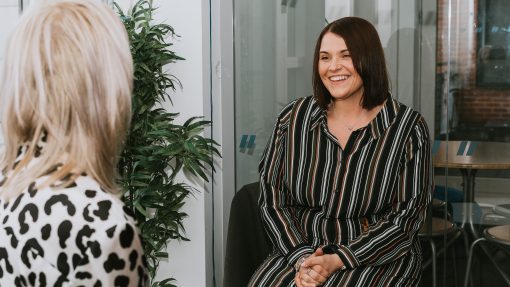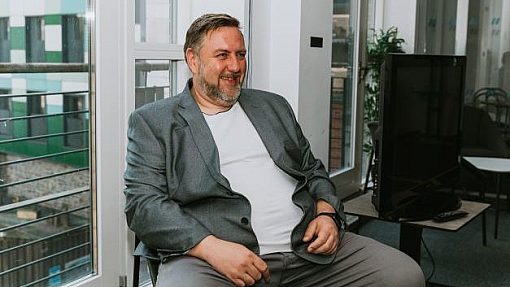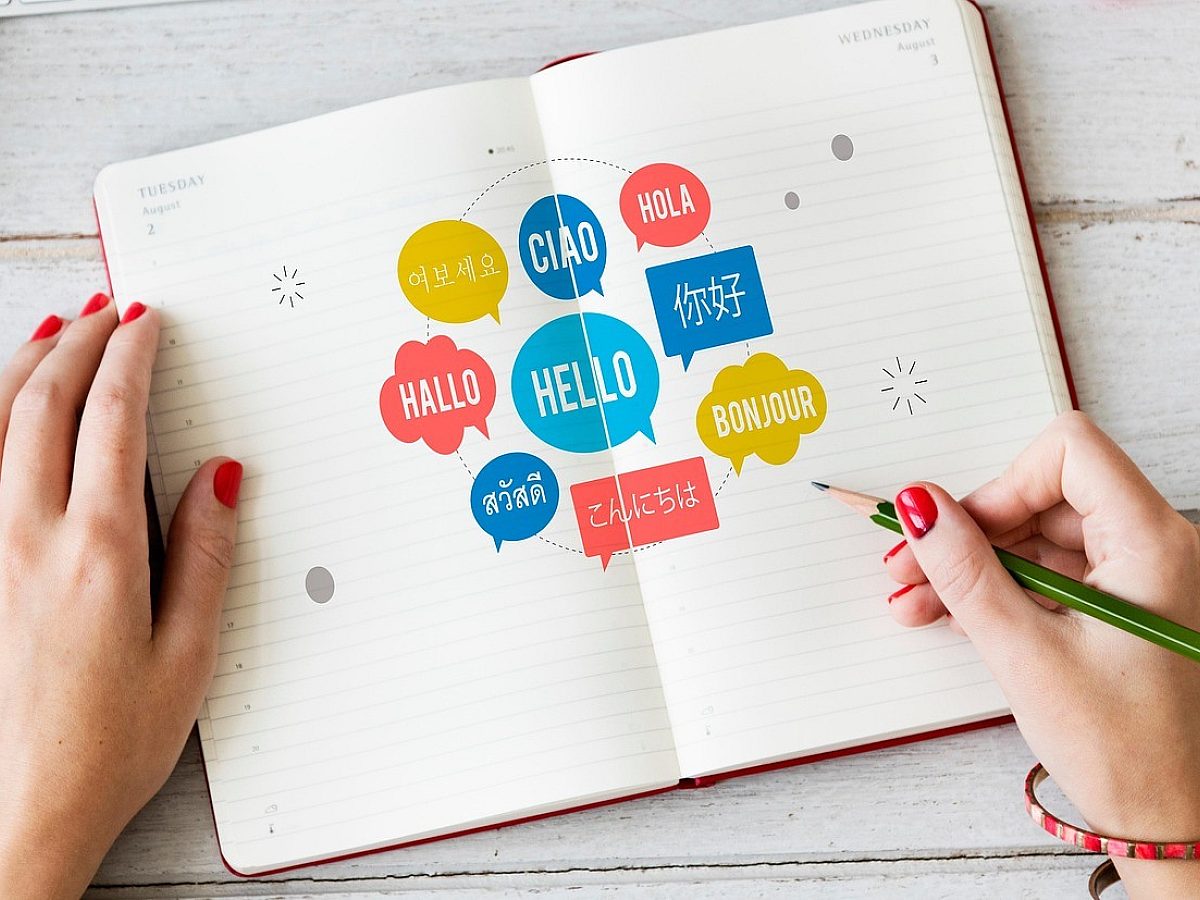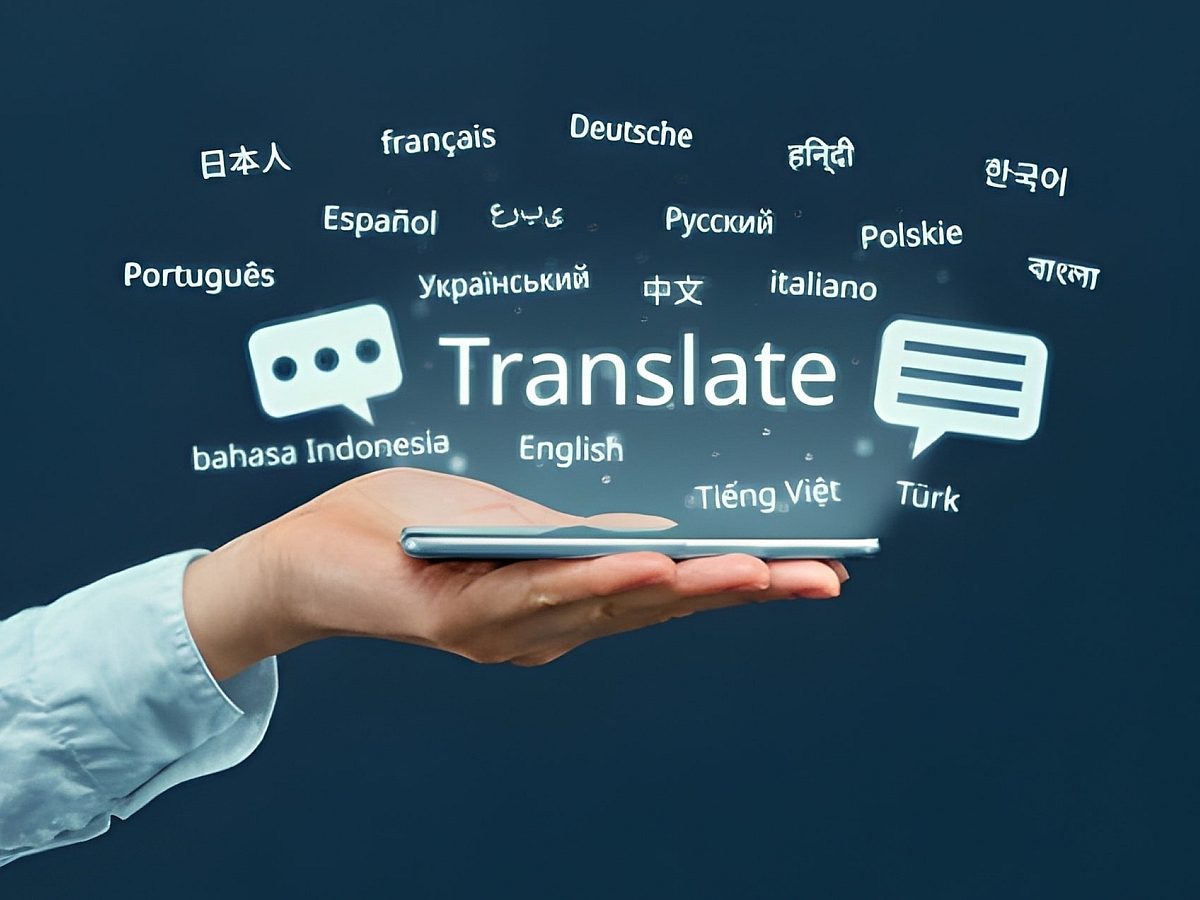Digital platforms are rapidly becoming the world’s meeting place. Whether it’s entertainment, business, or education, video is now at the heart of communication. But for the 466 million people worldwide with disabling hearing loss (source: WHO), access to this content often depends on captions.
With advances in auto-captioning and AI translation, the gap between content creators and deaf or hard-of-hearing (DHH) audiences is closing faster than ever. For businesses, educators, and media platforms, the shift is not just about accessibility—it’s about inclusion, global reach, and building trust.
In this article, Wolfestone Group explores how these technologies are transforming accessibility, why quality still matters, and how organisations can harness both AI and human expertise for meaningful results.
Why Auto-Captioning Matters
Captions provide more than just a text alternative. For DHH viewers, they are the bridge to information, entertainment, and connection. For global audiences, they are a tool for comprehension in non-native languages.
Auto-captioning—powered by automatic speech recognition (ASR)—has made captions widely available on platforms like YouTube, TikTok, and Zoom. Instead of waiting for manual transcription, users can now generate captions instantly.
However, while accessibility has improved, challenges remain:
Accuracy Gaps: Accents, background noise, or industry jargon can reduce caption accuracy.
Cultural Nuance: Literal transcriptions may miss idioms or tone, leading to confusion.
Formatting Issues: Poorly timed captions can frustrate users rather than help them.
That’s where AI translation combined with human review enters the picture.
The Rise of AI Translation in Accessibility
For global platforms, auto-captions are only the first step. The next challenge is making captions multilingual.
AI translation tools are now able to process captions in real-time, providing simultaneous access in multiple languages. For instance, platforms like Microsoft Teams and Zoom already offer live translated captions—allowing participants across continents to follow conversations in their preferred language.
For businesses looking to engage international customers, this is a powerful advantage. Imagine hosting a webinar in English but instantly providing captions in Spanish, French, and Mandarin. The result is not only accessibility but also inclusivity and global audience growth.
Balancing AI and Human Review
While AI tools are fast and scalable, they are not flawless. Industry studies show that even the best AI captioning systems can have error rates between 5–12%—which can significantly affect comprehension for DHH viewers.
This is why a hybrid model—AI automation supported by professional human review—is becoming the gold standard. Wolfestone Group, for example, combines the speed of AI with expert linguists who refine captions for accuracy, cultural nuance, and readability.
👉 Learn more in Wolfestone’s blog on The Evolution of Smart Sp[[pubtitles.
Accessibility Standards and Legal Requirements
Beyond the ethical importance, accessibility is also a legal responsibility in many regions:
In the UK, the Equality Act 2010 requires businesses to make reasonable adjustments for accessibility.
In the US, the Americans with Disabilities Act (ADA) and Section 508 mandate accessible communication.
The EU Web Accessibility Directive enforces captioning standards for public sector content.
Non-compliance can not only alienate audiences but also expose organisations to reputational and financial risks. Auto-captioning and AI translation provide a cost-effective route to compliance—when combined with human oversight.
Use Cases Across Industries
The benefits of auto-captioning and AI translation go far beyond social media. Industries are already embracing the shift:
- Education: Universities offering online courses are using multilingual captions to make learning accessible to global students and DHH learners.
Example: Coursera and edX both provide captioning for inclusivity. - Corporate Communications: International businesses use live translated captions in meetings to ensure collaboration across borders.
Example: Multinational firms adopting Microsoft Teams with captioning support. Entertainment & Media: Streaming platforms like Netflix and Disney+ provide multilingual captions, recognising the demand from both DHH viewers and language learners.
Healthcare & Public Services: Hospitals and government agencies are adopting captioning for announcements, patient education, and critical information.
👉 See Wolfestone’s insight on How Translation Services Support Public Sector Accessibility.
The SEO Advantage of Multilingual Captions
Accessibility and inclusivity are powerful motivators, but captions also provide a business growth advantage.
Search engines cannot “watch” a video—but they can index captions and transcripts. Adding multilingual captions:
Boosts discoverability in multiple languages.
Increases engagement time as viewers follow along.
Expands reach into international markets.
For businesses creating marketing content, captions are therefore both a compliance tool and a growth strategy.
Wolfestone Group’s Role in Accessible Communication
At Wolfestone Group, we understand that accessibility is more than a box-ticking exercise—it’s a commitment to building connections across cultures and abilities.
Our services combine AI auto-captioning technology with human linguist review, ensuring accuracy, cultural sensitivity, and compliance with global accessibility standards. From video subtitling to live event captioning, Wolfestone supports organisations that want to reach broader audiences with confidence.
For insights on balancing technology with human expertise, explore Wolfestone’s article on AI vs Human Translation: Striking the Right Balance.
Looking Ahead: The Future of Inclusive Communication
As AI models continue to evolve, the future promises even greater accuracy, contextual understanding, and multilingual capabilities. Innovations such as real-time sign language avatars and speech-to-text in low-resource languages are already being tested.
However, the principle remains clear: technology alone cannot guarantee inclusivity. The real power lies in partnerships between AI and human expertise—ensuring that accessibility is accurate, respectful, and truly inclusive.
Final Thoughts
Auto-captioning and AI translation are no longer optional—they are essential for any organisation that values inclusivity and global reach. For deaf and hard-of-hearing viewers, these tools are breaking down barriers. For businesses, they are opening doors to wider audiences, stronger compliance, and greater trust.
Wolfestone Group remains at the forefront of this movement, delivering solutions that merge cutting-edge AI with the irreplaceable insight of human linguists. By investing in accessible communication today, organisations can not only meet compliance standards but also create lasting impact in tomorrow’s global marketplace.




